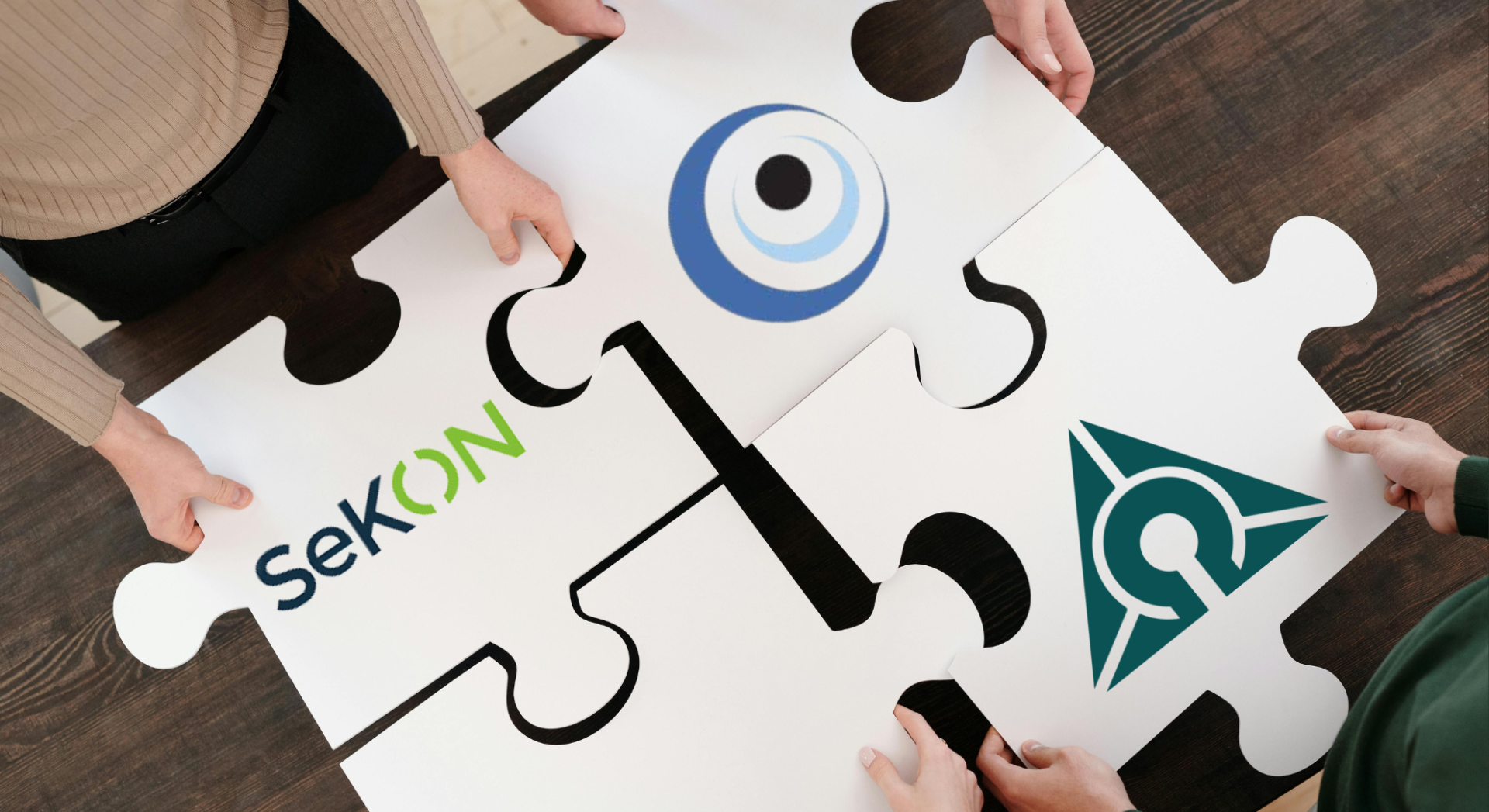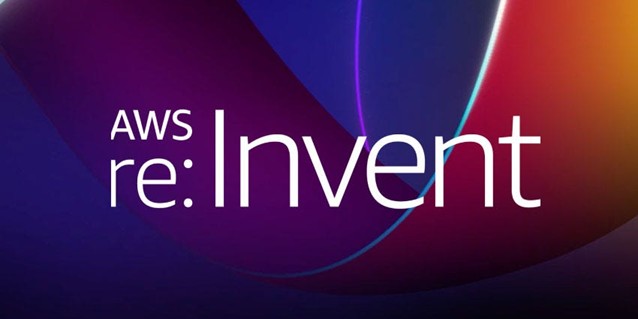
Case Study
Role of AI in Modernizing Aging Government Systems
By Reha Malik, Gautam Ijoor and Nitin Vartak

December 27, 2024
How AI is Transforming Federal Government System Modernization
Federal agencies are facing mounting pressure to modernize legacy systems that have supported critical operations for decades. Systems built on COBOL, Ada, and other outdated technologies were once state-of-the-art but now struggle to meet the demands of today’s digital environment. These aging systems are not only expensive to maintain but are also increasingly vulnerable to security risks, lack the agility to support new functionalities, and often have poor documentation due to decades of updates and turnover. The task of modernization can seem overwhelming—but artificial intelligence (AI) is proving to be the solution that turns this challenge into an opportunity.
What to ensure in order to build a code modernization solution?
Through our experimentation and experience working on Legacy system transformations, the below 6 key assessment areas should be prioritized and accounted for in any solution claiming to be a code modernization platform:
- Migrate As-Is functionality to modern architecture
- Provide ability to maintain and enhance
- Reduce cyber security risks
- Eliminate prior and new technical debt
- Rapid Delivery
- Long Term: cost efficient and lower risk.
We were able to effectively assert that using an AI based code modernization is the only approach that would successfully meet this assessment criteria.
Modernization Challenges and the AI Solution
Modernizing legacy systems is a high-stakes process. Many systems have grown so complex that understanding their architecture is a project in itself. Often, there is little or no documentation, and the original developers are no longer available. Even with a clear understanding of the system, rewriting millions of lines of code or migrating to a modern architecture can take years and millions of dollars. Meanwhile, agencies must keep these aging systems operational while modernizing, adding further pressure to timelines and budgets.
This is where AI, and specifically an approach leveraging both Generative and Deterministic AI platform, transforms the modernization process. Unlike traditional approaches that rely heavily on manual efforts or suggestive AI tools that merely translate code line-by-line, an approach like the aforementioned works with a deeper semantic understanding of code. It doesn’t just translate—it analyzes the code’s intent, identifies opportunities for optimization, and produces secure, developer-quality output in the target language. This approach dramatically reduces the complexity, risk, and time involved in modernization projects.
For example, during one of our experiments to prototype a code modernization solution, our team successfully converted 30,000 lines of AngularJS code to Angular 17 in just three months. Traditional methods could have taken years to achieve similar results. This kind of speed allows federal agencies to focus on what matters most—delivering their mission-critical services—without being hindered by outdated technology.
Enhancing Security During Modernization
One of the most critical aspects of modernization is addressing the inherent vulnerabilities of legacy systems. Outdated architectures are prime targets for modern cybersecurity threats. Adding new functionalities to these systems often introduces even more risk, as it’s difficult to ensure security within legacy frameworks.
AI changes the game by proactively identifying and resolving security vulnerabilities during the modernization process. By leveraging semantic analysis, AI platforms like Alpha Omega’s Deterministic AI, DELTA AI, not only produces accurate and optimized code but also ensure that it meets modern security standards. These tools are also highly auditable, giving agencies confidence that the target system will be secure, maintainable, and compliant with federal cybersecurity regulations. For federal systems that handle sensitive data or support critical infrastructure, this level of security is non-negotiable.
Shifting from Technical Debt to Innovation
Another major benefit of AI-driven modernization is the ability to eliminate technical debt. Technical debt accrues when outdated systems require increasing resources to maintain and operate. This not only drives up costs but also limits an agency’s ability to invest in new projects and capabilities. AI reduces technical debt by replacing inefficient systems with future-proof architectures that are easier to maintain and enhance.
Deterministic AI takes this a step further by ensuring that the modernized code is as good as—or better than—code written by human developers. This means agencies can confidently build upon the new system, knowing that it is stable, scalable, and optimized for performance. With technical debt no longer consuming budgets and resources, agencies are free to focus on innovation, enabling them to adapt to emerging challenges and opportunities.
The Flexibility and Scalability of AI-Driven Modernization
One of the most remarkable features of AI-driven modernization is its flexibility. An effective AI driven code modernization platform that is language-agnostic, capable of converting code from any source language to any target language, regardless of complexity would be a game changer in this space. This is particularly valuable for federal agencies, which often rely on a mix of legacy and modern technologies.
The platform should also operate independently of the number of lines of code (LOC) in a system. Unlike traditional methods, where LOC often dictates the project timeline, AI-based solutions focus on the complexity of the system. This ensures that even large-scale systems can be modernized efficiently, without unnecessary delays. For federal agencies tasked with maintaining operations while modernizing, this adaptability is crucial.
Beyond flexibility, AI also provides scalability. As agencies adopt cloud-based infrastructures, AI-powered tools integrate seamlessly, enabling rapid deployment, testing, and scaling of modernized systems. This ensures that federal agencies can meet the demands of a rapidly evolving technological landscape without disruption to their critical services.
The Human Impact of Modernization
While the technical benefits of AI-driven modernization are clear, the human impact is equally significant. Modernized systems improve the user experience for both federal employees and the public. For employees, they reduce the frustration of working with slow, outdated systems, enabling them to focus on high-value tasks. For the public, modern systems translate to faster, more reliable services, whether it’s processing tax returns, delivering social services, or managing national security operations.
Moreover, modernization efforts supported by AI can create opportunities for upskilling federal employees. As AI handles routine coding and optimization tasks, employees can be trained to manage and enhance modern systems, fostering a culture of innovation and adaptability within federal agencies.
Conclusion: The Future of Federal Technology
Modernizing federal government systems is no longer optional—it’s a necessity. AI-powered solutions offer a proven path forward, addressing the challenges of legacy systems while unlocking new opportunities for efficiency, security, and innovation. By enabling agencies to transform their technology faster, more securely, and with greater precision, AI empowers the federal government to meet the demands of today and prepare for the challenges of tomorrow.
For agencies ready to take the next step, the message is clear: AI-driven modernization is not just a tool—it’s a catalyst for progress. With the right technology and the right approach, modernization becomes more than a technical upgrade; it becomes a foundation for mission success.
Are you ready to modernize? Let’s build the future together.








